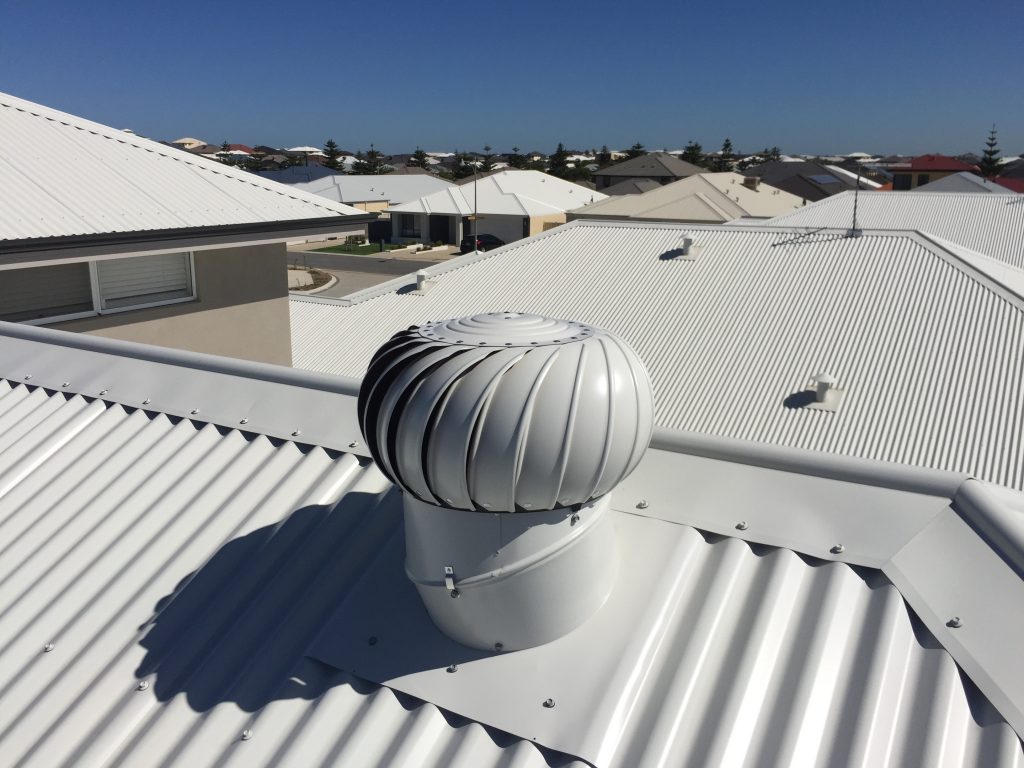How To Build A Pergola Frame DIY
Are you looking for a summer project that will make your backyard look amazing? If so, then why not build a pergola? Not only are they easy to construct, but they also add value to your home. In this video, we show you how to build a pergola frame. What You Need: – Pergola Post Template – Digging bar – Shovel – Marking paint – Tape measure – Spirit level – Drill – 14mm masonry drill bit – Socket set – Post hole digger

What You'll Need
When planning to build a pergola, it is important to determine its purpose first. Do you want it for entertainment purposes? As a covered walkway? As an extension to your home? Once you have decided on its purpose, you can start planning the build.
The next thing you need to do is gather the materials needed for the project. For the pergola frame, you will need:
- -4 4×4 posts (8 feet long)
- -6 2×6 boards (12 feet long)
- -16 hurricane ties
- -A box of 3-inch screws
- -Drill
- -Post hole digger (optional)
- -Shovel (optional)
- -Level (optional)
- -Tape measure
Step 1 - Measure and Mark the Bearer Posts
Before you start cutting any timber, it’s important to measure and mark the bearer posts. This will ensure your pergola is square and the beams are level.
To do this, first, measure the distance between the two outermost posts and mark this measurement on the inside face of each post. Then, using a spirit level, draw a line across both marks. This line represents the top of your pergola frame.
Now measure the distance between the top of each post and the line you just drew. This is the height of your bearer posts and needs to be equal on both sides. Mark this measurement on both posts and, again, use a spirit level to draw a line across both marks. This line represents the bottom of your pergola frame.
Finally, measure and mark the position of your middle bearer post (or posts). Again, use a spirit level to make sure this post is plumb (vertical) before marking its position on both outer posts.
Step 2 - Cut the Bearer Posts to Size
The first step to building your pergola is to cut the bearer posts to size. You’ll need four posts for a standard pergola, but you may need more or fewer depending on the size and shape of your pergola.
Use a saw to cut the posts to the desired length. If you’re not sure how long they should be, consult with a Bunning team member or another expert before cutting. Once the posts are cut, it’s time to move on to Step 3.
Step 3 - Position the Bearer Posts on the Ground
Before you start digging holes for the posts, it’s a good idea to mark out where they’ll go. This will help to make sure the pergola is in the right spot and also that the posts are evenly spaced.
Once you’ve done that, you can start digging the holes. The holes should be about 500mm deep and 400mm wide. If you need to make them bigger, that’s fine – just make sure they’re all the same size.
Once the holes are dug, you can position the bearer posts in them. Make sure they’re level before you start filling in around them with soil.
Pack the soil tightly around the base of each post so that they’re nice and secure. Once you’ve done that, you can give them a final check to make sure they’re still level.
Step 4 - Attach the Bearers to the House
If your bearers are too long, you can always trim them down to size. For this pergola, we’re using 90 x 45mm H3-treated pine for the bearers.
To attach the bearers to the house, first, pre-drill some holes through the bearer and into the house studs. Then use some coach screws to secure the bearer in place.
Once both bearers are attached to the house, you can then start attaching the joists. We’re using 90 x 35mm H3-treated pine for the joists.
Step 5 - Measure and Mark the Rafters
It’s time to measure and mark the rafters.
Firstly, you’ll need to measure the width of your pergola frame. Then, using a pencil and a level, mark out the positions of the rafters on the top plates. It’s important to make sure that the marks are level so that your rafters will sit evenly.
Once you’ve marked out the positions of the rafters, you’ll need to cut them to size. We recommend using a saw for this part of the job.
Now it’s time to mark out the birdsmouth cuts on the rafters. The birdsmouth cut is an angled cut that sits flush against the wall plate when installed. This type of cut ensures that your rafter will be properly supported.
To mark out a birdsmouth cut, first, find the centre point of your rafter. Then, using a set square or a bevel gauge, draw a line at a 45-degree angle from each end of the centre point. Finally, using a saw, make your cuts along these lines.
Step 6 - Cut the Rafters to Size
After you’ve installed the joists, it’s time to cut the rafters to size. The rafters will sit on top of the joists and create the roof of your pergola.
To start, take a look at the span of your pergola and decide how many rafters you’ll need. Once you know how many rafters you need, you can cut them to size.
When cutting the rafters, be sure to leave about 3-4 inches of overhang on each end. This overhang will help protect the ends of your pergola from weather damage.
Once all of your rafters are cut to size, it’s time to install them on top of the joists. To do this, simply nail or screw them into place. Be sure to use rust-resistant fasteners so that your pergola will last for years to come.
Step 7 - Assemble the Pergola Frame
Before you start assembling your pergola frame, it’s important to lay out all of your parts and make sure that everything is cut to the correct size. Once you have all of your pieces cut, you can begin fastening them together using screws or nails.
It’s important to use galvanized screws or nails when building your pergola frame, as this will help to prevent rusting. Begin by attaching the rafters to the front beam, making sure that they are evenly spaced. Then, attach the side beams to the front beam, again making sure that they are evenly spaced.
Once the side beams are in place, you can add the cross beams. These should also be evenly spaced and attached securely to the side beams. Finally, add any decorative touches that you desire, such as trim or finials.
Step 8- Building the Roof
Building the roof is one of the most critical steps in constructing your pergola. The roof will provide shade and protection from the elements, so it’s important to get it right.
There are a few different options you can choose from when it comes to roofing materials. Shingles are a popular choice because they’re relatively inexpensive and easy to install. Metal roofs are another option, but they can be more expensive.
Once you’ve chosen your roofing material, it’s time to start building the roof frame. Begin by attaching rafters to the front and back posts of your pergola. Then, add crossbeams to support the rafters. Finally, attach your chosen roofing material to the frame.
If you’re not sure how to build a pergola roof frame, there are plenty of tutorial videos and articles online that can help walk you through the process step-by-step.



